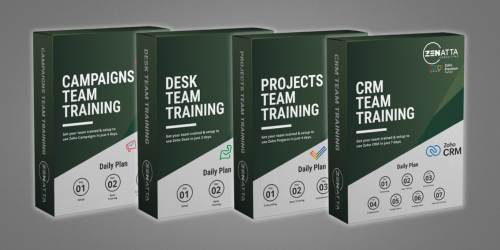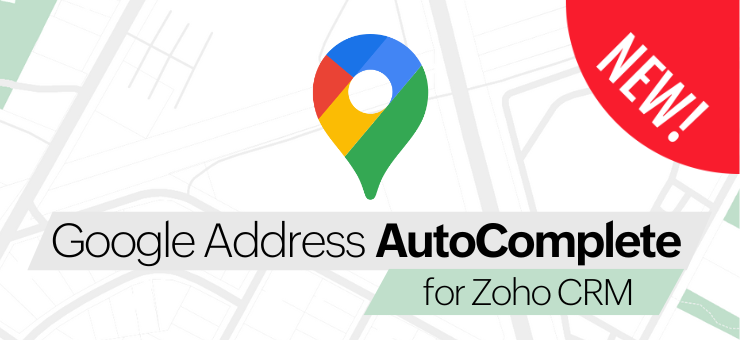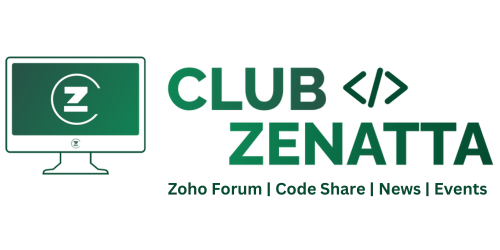It has been a few years since we last reviewed Projects, so here is our Zoho Projects 2025 review to help teams make the most of this application. This guide walks through the main components of the application—providing an overview of the workspace, explaining how projects are structured, and outlining how to use templates, task dependencies, and automation tools. Whether you’re new to the platform or refining your setup, follow these key steps to align your workflows with Zoho Projects 2025.
Application Overview
After logging into Zoho Projects 2025, users start on the Homepage, which displays key stats such as open tasks and active projects.
Main Navigation Elements:
- Homepage: Shows open tasks and recent project activity.
- Reports: Includes workload tracking, plan vs. actuals, and detailed analytics.
- Projects: Lists all active and archived projects.
- Collaboration: Displays activity feeds, shared calendars, and integrated chat (usually Zoho Cliq).
- Task Modules:
- Tasks
- Issues
- Milestones
- Timesheets
- Expenses
These modules compile data across all projects into unified views, allowing for centralized workload and update management.
Navigating a Project
Inside a project, Zoho Projects 2025 offers several key areas:
- Dashboard: Summarizes project status using configurable widgets.
- Task Views: Display tasks in list format, Gantt charts, or Kanban boards.
- Reports: Show project-specific analytics.
- Documents: Manage files directly or through Zoho WorkDrive integration.
- Milestones: Define project phases.
- Timesheets: Enable users to log time using timers or manual entries.
- Finance: Connect with Zoho Books or Invoice for billing and expense management.
- Issues: Track blockers or bugs linked to specific tasks.
- Users: Assign tasks by first adding users to each individual project.
Project Templates, Budgeting & Task Dependencies
Templates allow users to standardize common project types. Clone existing projects to create templates with built-in budgets, billing rates, and time estimates.
Project Structure:
- Project – Defines budgets and client info.
- Milestones – Represent major phases.
- Task Lists – Organize related tasks.
- Tasks – Contain individual work assignments and track progress.
Time Allocation
Assign estimated work hours to each task to manage both effort and budget. Use historical data to refine these estimates and improve planning.
Task Dependencies
Set dependencies to manage task relationships and scheduling. For example, if Task A must finish before Task B starts, apply a Finish-to-Start dependency.
Benefits of dependencies:
- Automatically shift successor tasks based on predecessor timelines.
- Filter task views to highlight items ready to begin.
- Identify blockers that prevent downstream progress.
Creating and Using Templates
When building templates:
- Choose billing type (project-based, task-based, or fixed).
- Define budget hours and costs.
- Add milestones, task lists, and tasks.
- Set estimated work hours.
- Establish task dependencies via the Gantt chart.
Once ready, launch new projects from the template. Use a custom start date to align task timelines dynamically.
Configuration and Settings
Access all configuration tools from the Setup menu.
Key Settings:
- Business Days: Prevent tasks from starting on weekends.
- Budget Preferences: Choose how to calculate completion (e.g., task/issue count or logged hours).
- Notifications: Set organization-wide and personal defaults.
- Timesheet Rules: Control who can log time and how.
Task Dependency Behavior
Customize rules to:
- Shift successor tasks automatically.
- Update timelines based on early or late completions.
These options help teams manage shifting project timelines in real-time.
Workflow Automation
Use automation for projects, tasks, and issues.
Example: Task Workflow Rule
Trigger: Task due date
Condition: Task is still open
Action: Notify the task owner or manager via email
Benefits of automation:
- Create reminders
- Reassign overdue work
- Send alerts based on status or priority
Use email alerts to target task owners, project managers, or entire teams.
Extensions & Integrations
Zoho Projects 2025 connects with a wide range of applications:
- Zoho CRM: Launch projects from CRM records.
- Zoho Desk: Convert tickets into issues.
- Zoho Books/Invoice: Sync billing and expenses.
Other features include:
- Custom Deluge functions
- Migration tools for Basecamp, Jira, and MS Project
- Automated backups and full audit trails
Sandbox & User Management
Sandbox
Create a sandbox environment to safely test workflows, templates, or configuration changes.
User Roles
- Portal Users: Internal team members
- Client Users: External stakeholders
- Teams: Groups for assignment
- Resources: Non-human assets (equipment, tools)
Profiles vs. Roles
- Roles: Serve as labels only.
- Profiles: Define permissions for access, edit, and delete rights
Carefully configure profiles to control user access across modules and projects.
Conclusion
Zoho Projects 2025 gives teams a powerful and scalable solution for managing tasks—from simple checklists to complex, multi-phase projects. With the right templates, dependencies, and automations in place, teams stay on schedule and maintain project clarity.
Best Practices:
- Create templates to standardize workflows.
- Assign accurate work hours to improve forecasting.
- Use dependencies to prioritize and schedule tasks.
- Build workflow rules to reduce manual oversight.
- Connect CRM, Desk, and Books to centralize information.
Looking for expert help to implement your Zoho suite? Drop us a line and let’s see how we can work together to build the right solution for your business.





